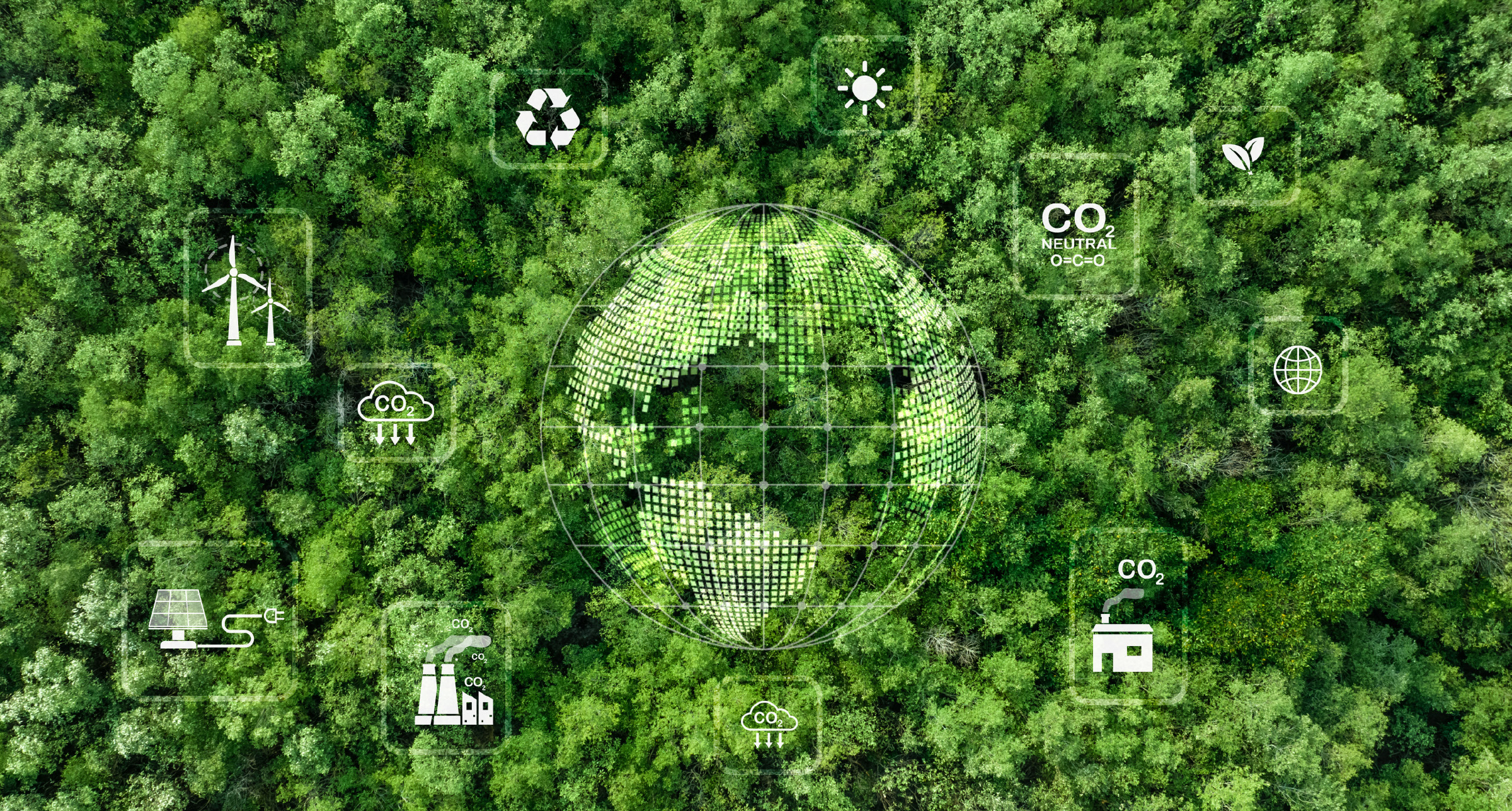ESG in the Pharmaceutical Sector
As we have asserted many times before, the pharmaceutical sector never stands still.

Not only must it contend with ever-changing regulatory rules and regulations, it is also the subject of continuous updates when it comes to new technology and software, virtually rewriting its very operational DNA. Add to this a constant mixture of global economic pressures, conflicts, and the changing demands of end consumers, and you begin to understand the constantly shifting goalposts that the sector must contend with.
However, there is another major change – something that was unheard of until relatively recently, but one that any pharmaceutical manufacturer, whether large or small, ignores at their peril in today’s business landscape. This is all things to do with environmental, social and governance (ESG) matters.
Despite only rising in prominence in the mid-2000’s, this is now a firmly established on the priority list of all pharmaceutical companies. Let us look at why this is the case.
Why are ESG matters so important?
The overriding principles behind ESG are decades, even centuries old, but thanks to intense media coverage over recent times, we are all now acutely much more aware of the intense damage that has been done to the planet.
The rise of influential pressure groups and high-profile spokespeople have raised awareness of the negative effects that result from the pharma sector. Pollution can result in soil contamination which leads to the uptake of pharmaceuticals into food crops. Environmental concerns also include direct emissions from drug manufacturing, patient and animal excretion, aquafarming, and disposal of unused or expired medicines.
One reason the spotlight is on the pharma sector is because it has traditionally been a significant contributor to global greenhouse gas emissions. This impact derives from research and development activity, the impact of its supply chains, transport and logistics and the disposal of pharmaceutical products – many of which end up polluting the globe’s natural waterways, which many people, animals and the natural world depend upon to survive. Indeed, a 2019 study by the Booth School of Engineering Practice & Technology, McMaster University, found that pharmaceutical industry emissions are some 55% higher than that of the automotive industry.
Against such a backdrop, businesses must be seen to be doing all they can to reduce the damage being done to the environment – with the pharmaceutical sector chief among these.
How pharma is addressing ESG
The pharmaceutical sector is now committed to doing all it can to help protect the environment.
One of its most high-profile actions is doing all it can to stamp out the issue of fake medicines and medical equipment. While the issue is an ongoing one, and has been so for many years, it has been brought to prominence once again during recent times due to many instances of fake Covid vaccines being distributed across the world.
One critically important piece of legislation is the 2030 Agenda for Sustainable Development, adopted by all United Nations Member States in 2015, which provides a shared blueprint for peace and prosperity for people and the planet, now and into the future.
At its heart are the 17 Sustainable Development Goals (SDGs), which are an urgent call for action by all countries – developed and developing – in a global partnership. They recognize that ending poverty and other deprivations must go together with strategies that improve health and education, reduce inequality, and spur economic growth – all while tackling climate change and working to preserve our oceans and forests.
Tracking carbon emissions across the supply chain
Make no mistake about it, despite increased attempts to reduce its carbon footprint, the pharma sector’s remains enormous.
It has been reported that the healthcare sector contributes to 4.4% of global net emissions – that’s two gigatons of CO2e, which is more than the aviation or shipping sectors. Indeed, if healthcare was a country, its carbon footprint would make it equal to the fifth-largest emitter globally. Meanwhile, the pharma industry itself has been estimated to generate around 52 megatons of CO2e annually, with analysis suggesting it is far more emissions-intensive than the automotive sector. By 2025, it needs to reduce its emissions intensity by an estimated 59% from 2015 levels to meet the goals of the Paris Agreement.
However, if through the intelligent use of track and trace this can be reduced, this will be a major achievement. Indeed, the correct deployment of track and trace systems can have a huge effect on the emissions of a typical pharma manufacturer.
One such example is by gaining a full overview of every single item of reusable packaging, drugs producers will theoretically be able to calculate the CO2 footprint per item, together with savings in packaging materials.
Expiry date tracking throughout the supply chain and dynamic expiry date calculations will also serve to reduce waste. There will also be less items being returned – with a corresponding reduction in the need to transport these returns, and less burning of all the fossil fuels this returns process usually demands.
And of course, one of the ultimate aims of track-and-trace is to reduce the volume and value of counterfeits. In addition to the biggest danger of all – potentially killing people and damaging the planet – the manufacture of fake products often breaches sustainable production and working conditions standards.
Technology is also a vital driver for the reduction of carbon emissions. The installation of open and modern IT Systems across the sector, especially in specific areas such as track-and-trace serialization, means there is a reduction in the amount of cumbersome infrastructure that is needed. This immediately reduces the amount of CO2 being directly produced from this equipment, plus there is less need for technicians to travel to routinely repair and service it.
Together with the introduction of this technology comes the implementation of CO2-efficient processes on the shopfloor, including predictive maintenance and better overall utilization of the specialist equipment.
Advanco and ESG
While legislation is vital for the promotion of ESG matters, the willingness of pharma companies to commit to meaningful action is arguably just as vital. As pressure mounts on the industry to become more sustainable, it has a responsibility to back up its words with real actions based on collaborative initiatives and a proactive stance.
Advanco has already ensured that we are playing a vital part in helping companies to meet the challenges of the 2030 Agenda for Sustainable Development. For example, our track and trace systems help companies meet Sustainable Development Goal (SDG) 3: Good Health and Wellbeing, by allowing access to genuine, safe, quality, and affordable medicines and vaccines for all.
Furthermore, we believe that in the future, our products will enable companies to meet other Sustainable Development Goals (SDGs), such as SDG 2: Zero Hunger and SDG 12: Responsible Consumption and Production.
We are also committed to promoting openness and cooperation in the serialization sector. The benefits of this will be enormous to the pharmaceutical sector should the worst happen, and we experience another global pandemic. By working together, rather than in silos, we will ensure that vaccines are rolled out much quicker and far more efficiently, something that will correlate to a much more beneficial solution for the world at large.
Conclusion
Advanco wholeheartedly applauds the fact that the pharmaceutical sector is now committed to ramping up its ESG credentials. The pharmaceutical sector prides itself on producing the medicines needed to enrich lives and save the lives of people across the globe, so it is therefore natural that as an industry, it should be doing all it can to also protect the natural environment.
Certainly, advanco is doing all it can to support the efforts of pharma and life sciences to increase ESG standards and to stop their products causing pollution, illness and even death to both humans and the natural world.
It stands to reason we need to save the planet we all live in – and we all need to work hard to ensure this overriding goal is delivered for the good of everyone.



